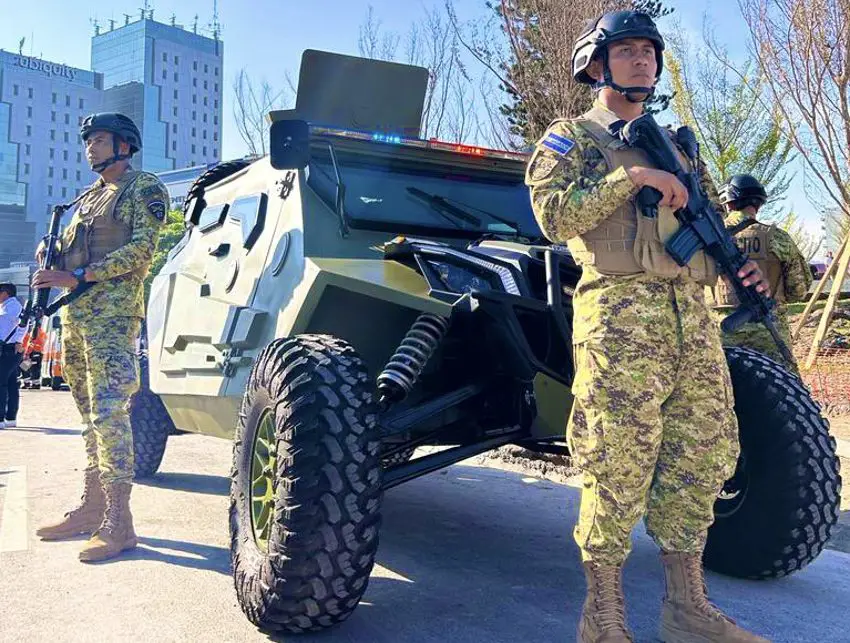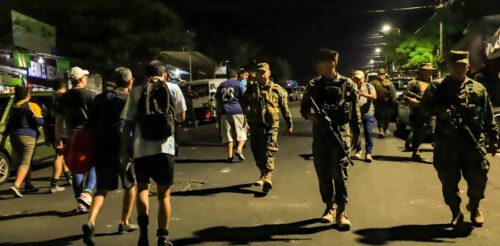For decades, El Salvador faced gang violence, with MS-13 and Barrio 18 terrorizing communities. High murder rates, extortion, and insecurity were expected—it forced many citizens to flee the country.
To deal with the gang problem, Nayib Bukele launched the Territorial Control Plan in his first month as president. He deployed military and police forces to dismantle gangs and strengthen security forces to regain control of gang-dominated areas.
The Territorial Control Plan security measure aimed to restore safety and eliminate gang influence in the territory, which it has accomplished—Today, El Salvador is one of the safest countries in Latin America.
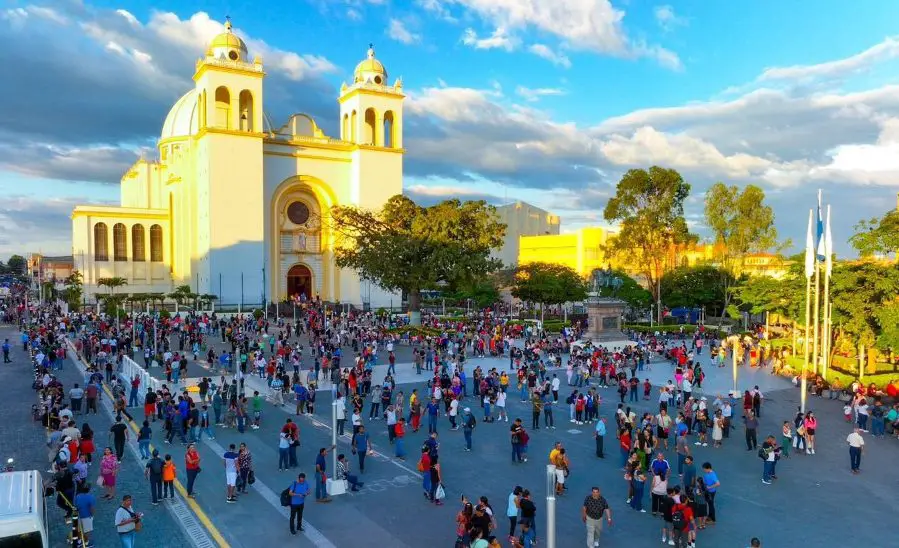
What is the Territorial Control Plan?
Nayib Bukele’s Territorial Control Plan is a security strategy designed to eliminate gang violence and restore public safety in El Salvador.
Its objectives include dismantling criminal organizations, reducing homicide rates, and regaining state control over gang-dominated areas.
The plan consists of seven phases, beginning with phase One: Preparation, which increased military and police deployment in areas controlled by gangs and cut off communication from inside prisons.
The remaining phases of the plan focus on direct gang crackdowns, large-scale arrests, community recovery, and long-term crime prevention efforts.
The National Civil Police (PNC), the Armed Forces of El Salvador (FAES), and the Ministry of Justice and Public Security are the primary institutions implementing this security plan.
With the implementation of this security measure, El Salvador has seen a drastic reduction in crime, especially homicides; however, concerns regarding human rights and due process violations continue to this day.
The Phases of the Territorial Control Plan
Nayib Bukele’s territorial control plan consists of seven phases: preparation, opportunity, modernization, incursion, extraction, and integration. Phase seven is unknown at this time.
Phase 1: Preparation and Deployment
Phase one of Nayib Bukele’s Territorial Control Plan focused on restoring security through the mass deployment of National Civil Police (PNC) agents and military personnel across key aras of the country.
The goal was establishing territorial control, deterring gang activity, and implementing repressive measures against criminals.
This phase also targeted El Salvador’s prison system, transferring the most dangerous inmates to high-security prisons while stripping them of privileges such as phone calls.
Taking control of Salvadoran prisons was one of the primary goals of phase one.
Before the Bukele administration, gangs controlled the penitentiaries and used them as headquarters, where high-ranking gang members lived in luxury, ordered homicides, and directed those gang members out in the territory.
Phase one stopped all communication from maximum security jails with the outside world through phone calls or visitations.
The government canceled visits to maximum-security prisons and cut off cellular service around these facilities—a harsh measure that remains in effect five years later.
By reinforcing police and military presence and tightening prison security, the government aimed to disrupt gang operations and regain control over violent territories.
Despite criticism over human rights concerns, phase one significantly contributed to reducing crime and asserting state authority over gang-controlled areas.
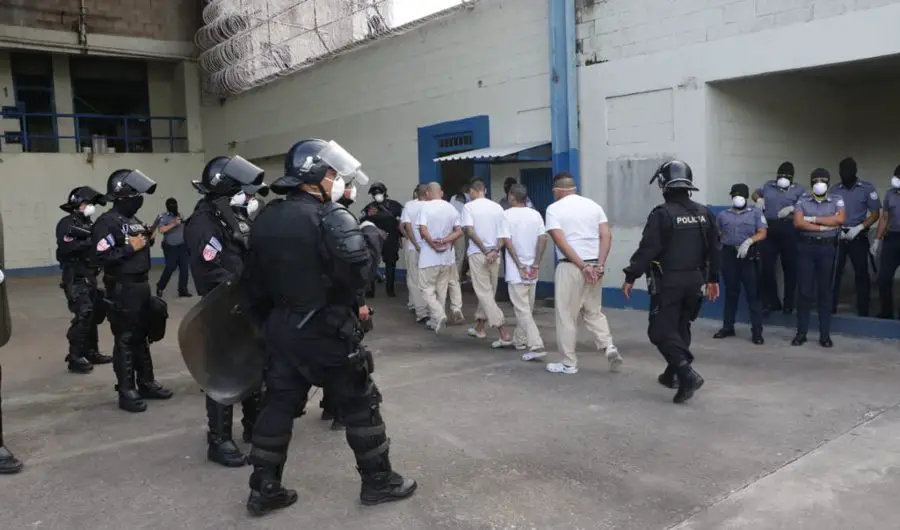
Phase 2: Opportunity
Phase two focuses on the social prevention of crime and the reconstruction of the country’s social fabric. Its goal is the generation of opportunities for young people.
President Bukele has said on many occasions that he wants to give young people other options other than joining gangs.
Bukele stated that to eliminate gangs, “we have to make it difficult for criminal organizations to recruit new members.” One way of doing this is by giving young people alternatives to becoming gang members.
During phase two, the government is looking to train young individuals in different fields, allowing them to find suitable employment and stay away from criminal organizations.
Phase two involves creating community centers called “Urban Wellness and Opportunities Centers” (CUBOS) where young people can spend time on productive activities, keeping them away from gangs.
This is the phase where we allow our young people to get out of the gangs. That is not going to lead to anything good; here, they will have a range of opportunities. President Nayib Bukele.
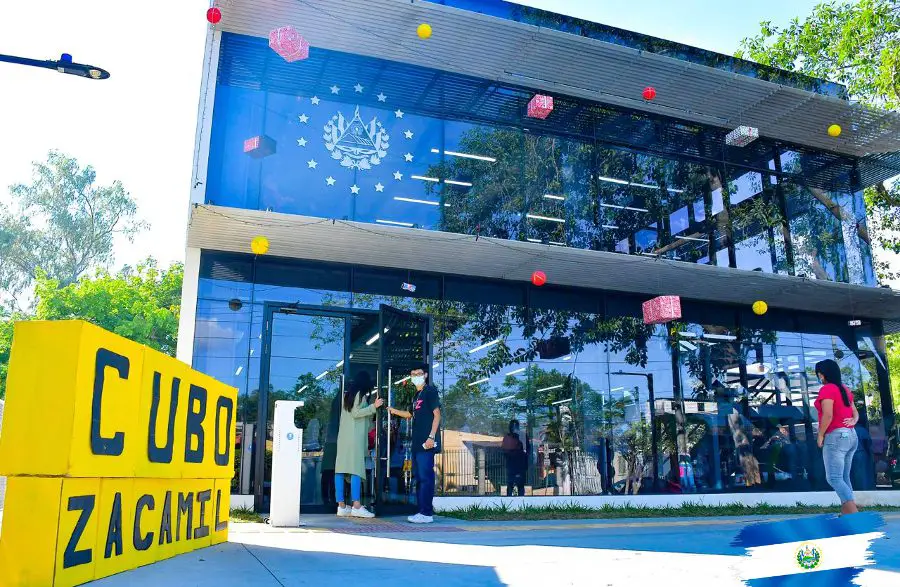
Phase 3: Modernization of Security Forces
Phase Three of Nayib Bukele’s Territorial Control Plan focuses on modernizing the Salvadoran security forces to enhance crime-fighting capabilities.
This phase includes equipping the National Civil Police (PNC) and Armed Forces with advanced technology, improved weaponry, and better communication systems.
The government invested in drones, surveillance cameras, and facial recognition software to monitor criminal activity more effectively.
Officers received specialized training, and new infrastructure, such as modern police stations and command centers, strengthened law enforcement operations.
This phase ensures that law enforcement remains prepared to counter evolving threats, reinforcing the government’s commitment to maintaining public safety in El Salvador.
Phase 4: Incursion
Phase Four of Nayib Bukele’s Territorial Control Plan, called “Incursion,” aims to intensify military action against gangs and reclaim control over dangerous gang-controlled territories.
This phase, set to last five years, focuses on doubling the number of soldiers from 20,000 to 40,000, significantly boosting security presence nationwide—increasing the military is something the Bukele’s opposition is against.
By increasing military deployment, the Bukele administration seeks to tighten territorial control, conduct large-scale operations, and dismantle remaining criminal strongholds.
Soldiers work alongside National Civil Police (PNC) officers to patrol high-risk areas and prevent gang resurgence.
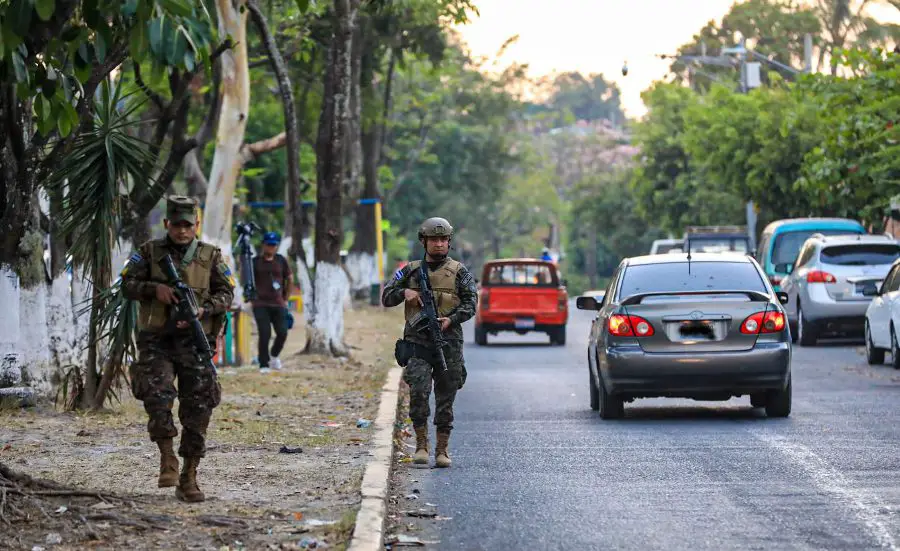
Phase 5: Extraction
Phase Five, known as “Extraction,” is a crucial stage in Nayib Bukele’s Territorial Control Plan, focusing on the targeted removal of remaining gang members from the streets.
It consists of extracting all the gang members still hiding in neighborhoods throughout the country. During this phase, security forces will enclose larger areas and go house by house to remove all the remaining gang members.
Advanced intelligence, surveillance, and informant networks help pinpoint gang strongholds, ensuring swift and precise operations.
By isolating and eliminating criminals, the government aims to permanently weaken gang influence and restore long-term security.
“Extraction” plays a vital role in sustaining El Salvador’s fight against organized crime, reinforcing the state’s dominance over previously gang-controlled territories.
We are going to release phase five, but a little modified. It has two elements: one is extraction, and the other is, based on what has been learned during the State of Exception, fencing off large areas while extracting gang members. Nayib Bukele.
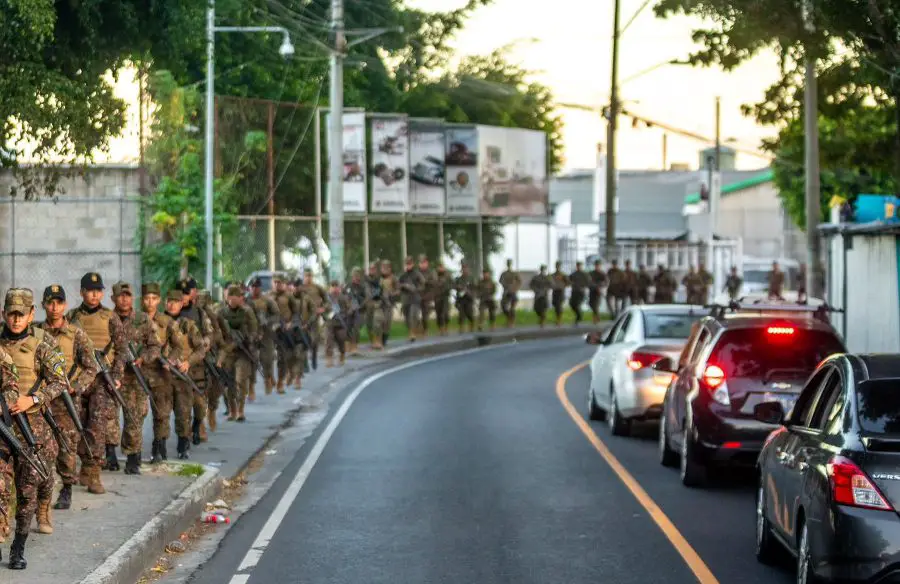
Phase 6: Community Recovery
Phase six started with creating the National Directorate of National Integration, an entity that, according to the government, would focus on medium and long-term needs.
Among the powers that the new National Directorate of Integration would have is coordinating a comprehensive training system with an employment focus, approving training programs, and generating programs to reduce poverty.
This phase focuses on rebuilding communities affected by gang violence and reintegrating former gang territories into society; it prioritizes social programs, economic development, and education initiatives to prevent crime from resurging.
This phase aims to provide long-term stability and prevent criminal organizations from regaining power by strengthening social and economic foundations.
“Integration” represents the shift from law enforcement to community recovery, ensuring that El Salvador’s security gains are sustainable and that violence does not return.
Phase 7: Unknown
As of March 2025, Phase Seven of Nayib Bukele’s Territorial Control Plan has not been publicly launched or detailed. The plan comprises seven phases, but only the first six have been officially announced. The details and timeline for implementing Phase Seven remain undisclosed.
Key Successes of the Plan
The Territorial Control Plan, implemented by the Bukele government has led to significant changes in the country’s security landscape.
Among its most notable successes is the dramatic reduction in homicide and crime rates; once considered one of the most violent countries in the world, El Salvador is now among the safest.
Another key success of the plan has been the dismantling of criminal gangs. Authorities have detained tens of thousands of suspected gang members, significantly weakening the influence of criminal organizations that once terrorized communities.
As a result of these security efforts, public perception of safety has improved. Many Salvadorans feel more secure in their neighborhoods, with businesses and tourism benefiting from the enhanced security environment.
Once-dangerous areas have become more accessible, and everyday activities are no longer overshadowed by fear.
Internationally, the Territorial Control Plan has garnered both recognition and criticism.
Some observers praise the government for restoring order and reducing crime, while human rights organizations raise concerns over mass arrests and alleged due process violations.
Despite the controversy, El Salvador’s security strategy has become a point of discussion for other nations seeking solutions to gang violence.
Overall, the Territorial Control Plan has reshaped El Salvador’s security landscape, bringing both significant achievements and ongoing debates about the balance between safety and civil liberties.
Future Outlook: What Comes Next?
The future of El Salvador’s Territorial Control Plan hinges on balancing security gains with human rights and long-term stability.
While crime rates have dropped significantly, sustainable peace requires institutional reforms, economic opportunities, and continued efforts to strengthen democratic governance.
El Salvador’s model is being closely watched across Latin America, where crime and gang violence remain critical issues.
Its success or failure could influence regional policies, prompting other nations to adopt or adapt similar security strategies based on their outcomes.
To achieve lasting peace, the next step is to focus on long-term prevention rather than solely on policing.
Expanding social programs, ensuring access to quality education, and involving local communities in decision-making are essential for sustainable peace.

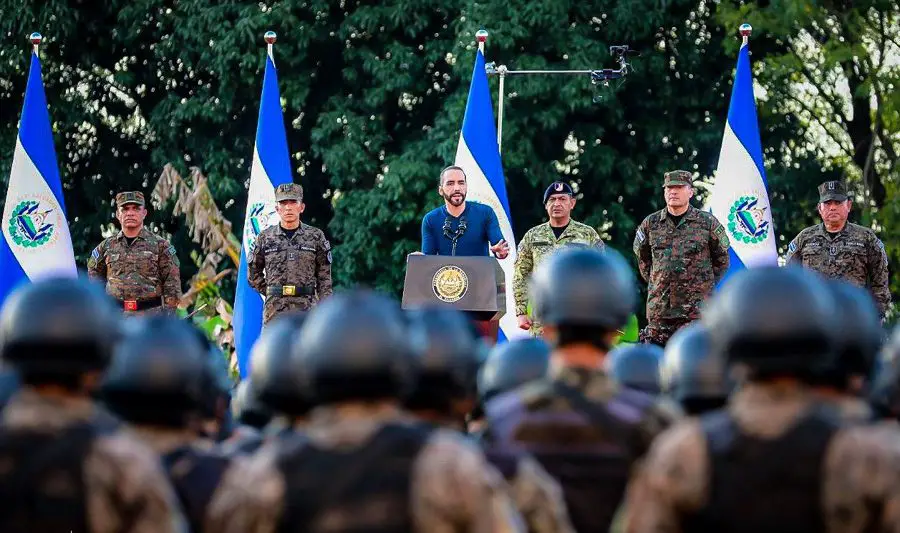 President Nayib Bukele.
President Nayib Bukele. 

